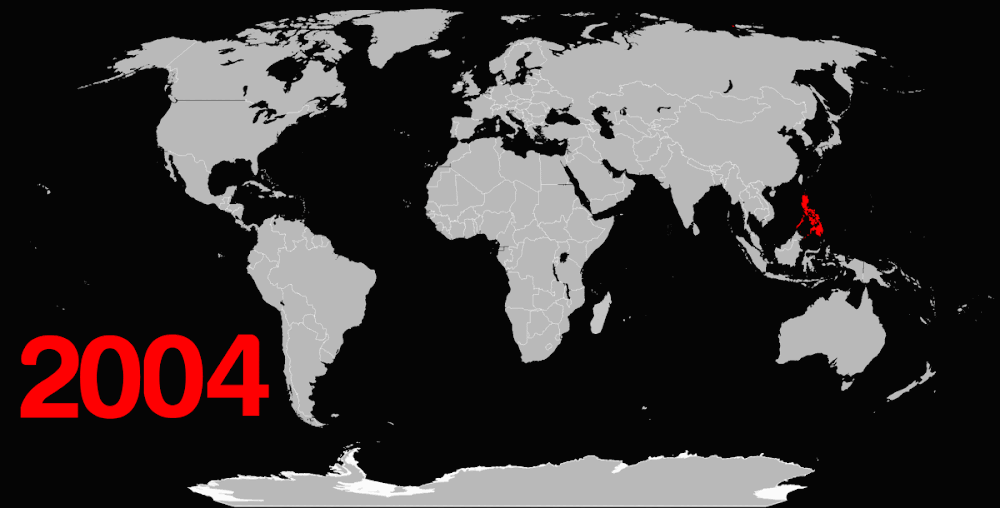1940’s Hollywood. Orson Welles (Tom Burke) preps for his big screen debut with Citizen Kane and enlists the help of screenwriter Herman J. Maniewics (Gary Oldman) to revise the screenplay. Recovering from an injury, “Mank” is provided with the assistance that he needs, one of them being his secretary Rita Alexander (Lily Colins), who quickly notices some similarities shared by the characters with some real-life personalities. A series of flashbacks shines light on Mank’s inspiration for the material, mainly influenced by his rubbing elbows with Classic Hollywood bigwigs such as film producer Irving Thalberg (Ferdinand Kingsley), MGM co-founder LB Mayer (Arliss Howard), media mogul William Randolph Hearst (Charles Dance) as well as his mistress, actress Marion Davies (Amanda Seyfried). Given the provocative nature of his script, Mank will have to carefully navigate the upper echelons of the industry’s powers-that-be while dealing with deadlines, writer’s block, and his growing problem with alcoholism.
Mank is that type of film that chooses an audience, which means that not everyone will get to enjoy this feature. If you are a big fan of classic Hollywood, particularly the controversies behind the scenes as well as the origins of the industry as we know it today, then you are bound to have fun watching Mank. Shot entirely in black and white and peppered with the ubiquitous trans-Atlantic accent prevalent back in the day, it’s one hell of a nostalgic trip down memory lane for those who are enthusiastic about the topic.
If you are also a fan of Citizen Kane, hailed by many as the greatest movie ever made in the history of cinema, then you will also get to appreciate Mank, because it serves as some sort of mockumentary in feature film format that explores the production of that film, even though the narrative focuses more on the people behind the scenes such as the scriptwriters and the industry bigwigs. If the film is alien to you, Mank also serves as an apt introduction to it, after which you could probably indulge in Citizen Kane itself. Otherwise, you can just watch the film again equipped with better knowledge as to what went down behind the scenes during its production.
It is rather difficult to rate the performances if you are not familiar with the real-life personalities being portrayed. Oldman puts his Academy Award to good use by effectively balancing Mank’s strengths and weaknesses and giving the audience a unique perspective of the writing process. Most films and series about classic Hollywood are focused way too much on glam and feud, mostly between the high-profile actresses back in the day. Mank gives you a glimpse of that, but makes you appreciate the people behind the camera even more.
In fact, it seems only Marion Davies is portrayed by a recognizable name in contemporary Hollywood here. Norma Shearer makes an appearance but the actress portraying her does not even seem to be credited. Perhaps this is the best way to go about it. Otherwise, it would have been another period piece with a misguided focus on too much celebrity and less on the crew, which is what Mank is really about.
In this regard, Seyfried really does not have any competition here and single handedly ends up stealing all the scenes she is in. Her portrayal is also a far cry from the usually depreciative view of Davies in film history, giving the actress some sort of late recognition, a correction of her widespread ill reputation of being just Hearst’s mistress when she appears to be so much more than that. Whether she gets her first Oscar nom for this role is anybody’s guess, but she does figure in the frontrunner lists of many in this year's supporting actress race.




_poster.jpg)



0 creature(s) gave a damn:
Post a Comment